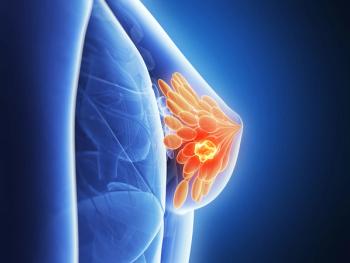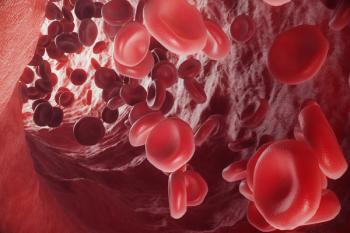
Oncology NEWS International
- Oncology NEWS International Vol 5 No 10
- Volume 5
- Issue 10
Anesthetic Interventions Rise When Anesthesiologists Join the Pain Team
HOUSTON--Development of a specialized anesthesiology pain team led to a jump in pain consultations by anesthesiologists and in the number of anesthetic procedures performed for pain control at The University of Texas M.D. Anderson Cancer Center
HOUSTON--Development of a specialized anesthesiology pain teamled to a jump in pain consultations by anesthesiologists and inthe number of anesthetic procedures performed for pain controlat The University of Texas M.D. Anderson Cancer Center.
Richard B. Patt, MD, director of Anesthesia Pain Services anddeputy chief of the Pain and Symptom Management Section, reportedthat prior to 1993, "there was a strong pain initiative butwithout dedicated anesthesiology personnel."
For the minority of patients who failed traditional pharmacologicaltherapies, more interventional approaches were not readily available,Dr. Patt said.
With the formal integration of a team of anesthesia pain specialistsinto the interdisciplinary Pain and Symptom Management Programat M.D. Anderson, the number of interventions for pain that hadfailed to respond to systemic therapy increased dramatically,from about 40 in 1993 to more than 300 in 1995.
These interventions included anesthetic nerve blocks, primarilyneurolytic blocks for well-localized pain and spinal opioid analgesiafor more diffuse pain, delivered by means of an indwelling orexternal pump.
The rise in anesthesiology consultations, from about 20 in 1993to close to 400 in 1995, demonstrates that the anesthesiologistand neurosurgeon perform more than just a technical role in painmanagement.
"As with any academic physician, they have a role as clinician,researcher, and educator, but to be effective, they need to beclosely integrated with the rest of the pain management team,"Dr. Patt said.
Five Areas for Early Intervention
Preliminary outcome data have identified five conditions in whichearly intervention may be better than waiting until "therehas been failure of industrial strength doses of opioids,"Dr. Patt said.
Based on these data, the investigators believe that early useof an anesthetic approach may be considered for abdominal pain,pelvic pain, localized chest wall pain, perineal pain with urinarydiversions, and unilateral pain below the midbody.
Dr. Patt is particularly excited about the results achieved withceliac plexus block, performed under radiologic guidance, in patientswith abdominal pain and advanced primary cancer of the pancreas,esophagus, or stomach; as well as subarachnoid alcohol injectionsin patients with well-localized chest wall pain.
Good results are also being seen with the use of hypogastric plexusblock (
This procedure is applicable for refractory pelvic and rectalpain of visceral origin, he said, especially in patients withgynecologic, prostate, bladder, and rectal cancer.
Articles in this issue
about 26 years ago
Worldwide UN Survey Shows Many Impediments to Morphine Availabilityabout 26 years ago
Case-Based Pain Curriculum Used in Canadian Schoolsabout 26 years ago
Pain Descriptions May Predict Presence of Neuropathic Painabout 26 years ago
Neurotoxicity Related to High-Dose Opioid Therapy Can Be ManagedNewsletter
Stay up to date on recent advances in the multidisciplinary approach to cancer.

















































































